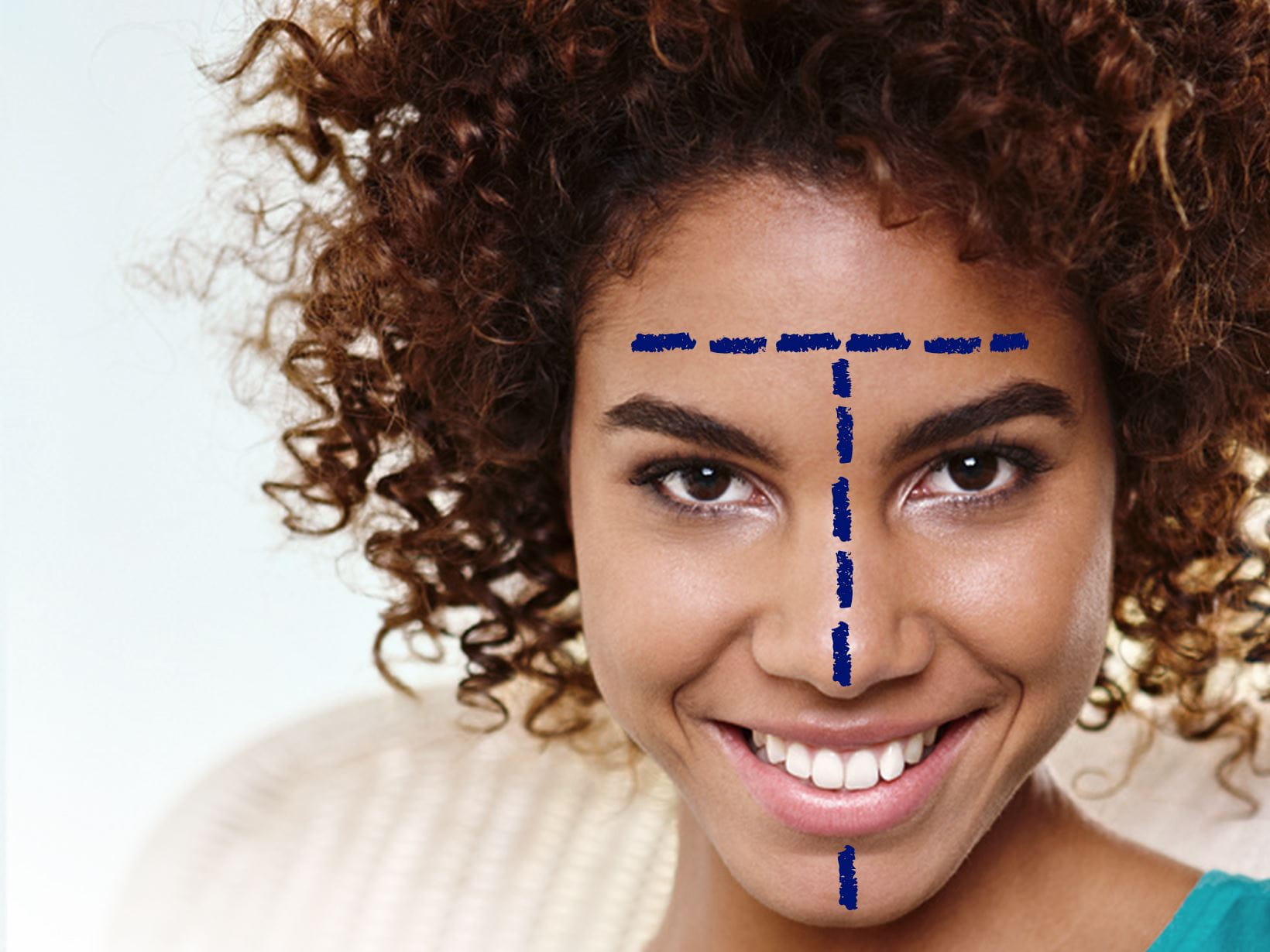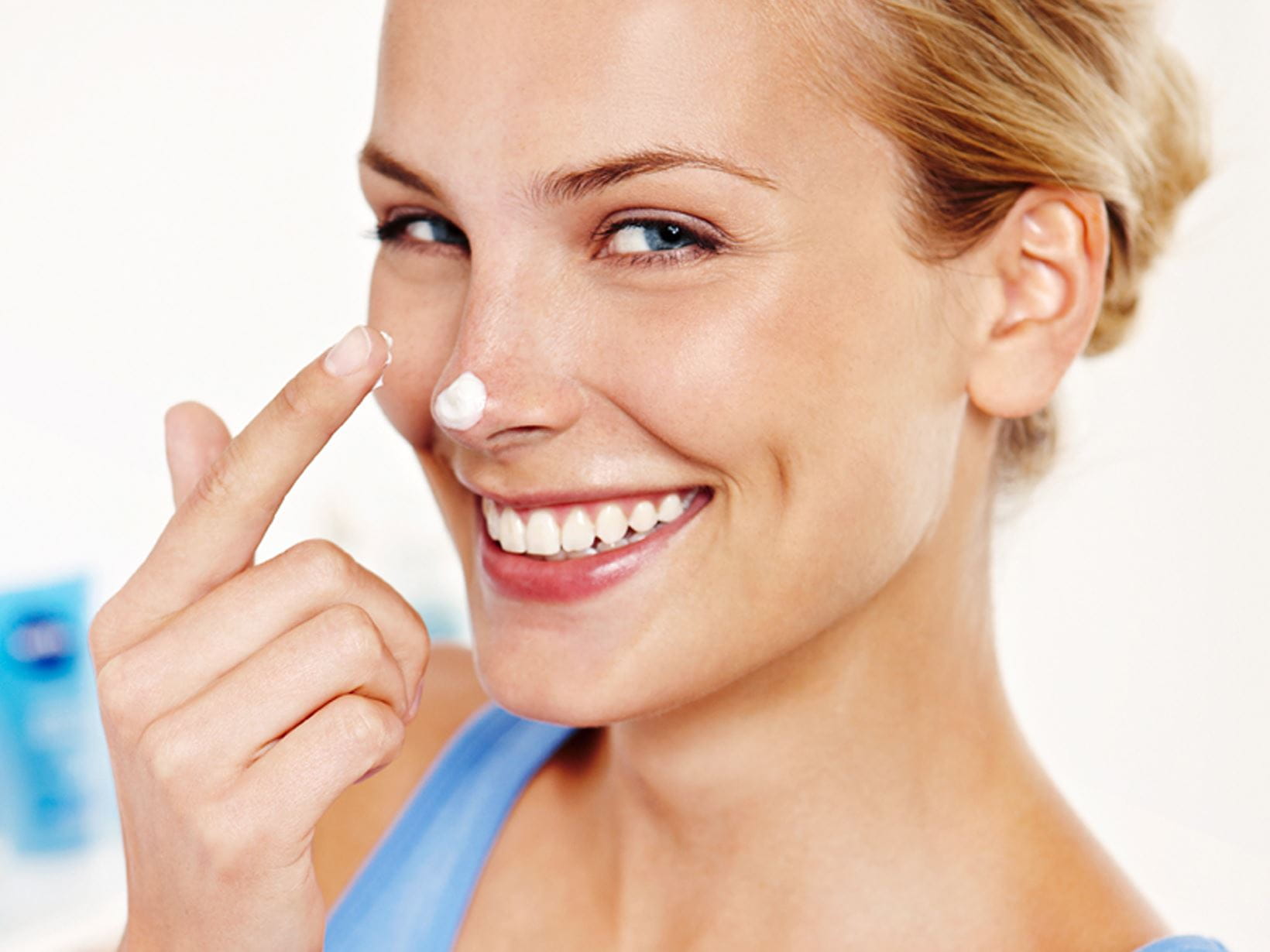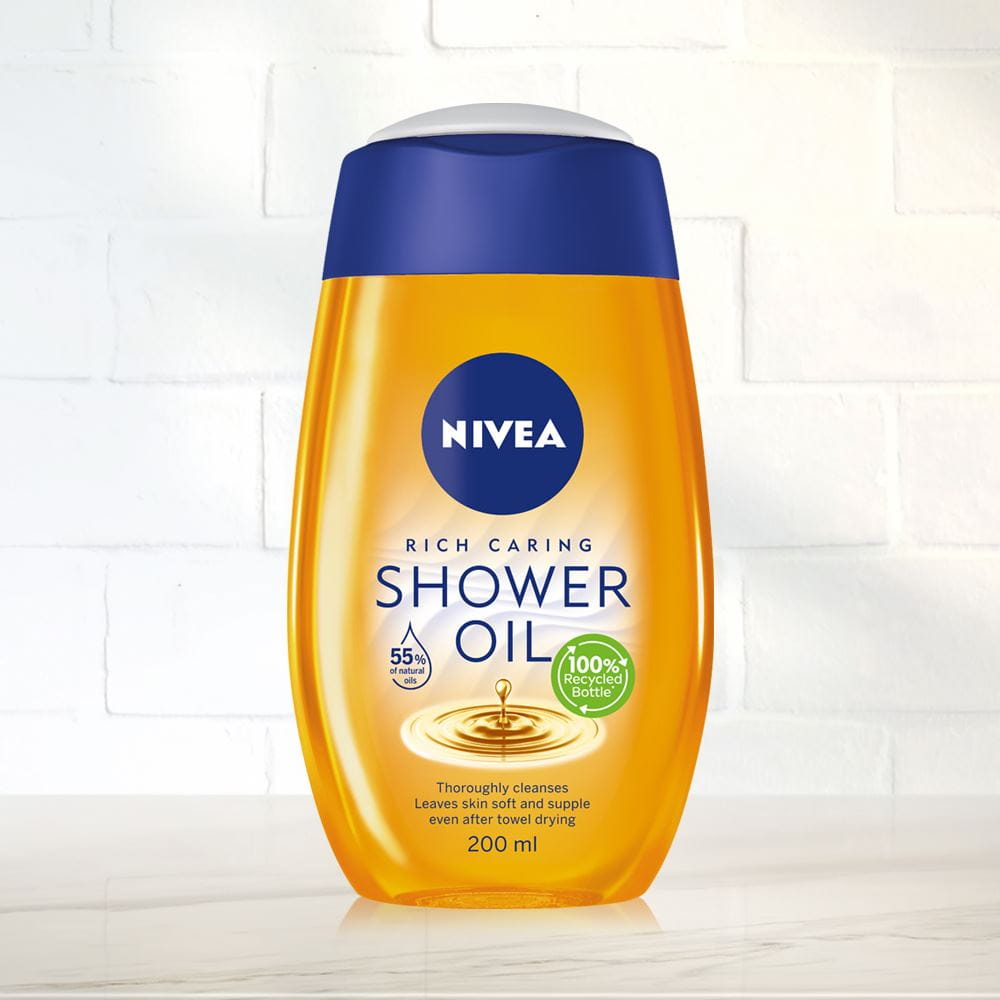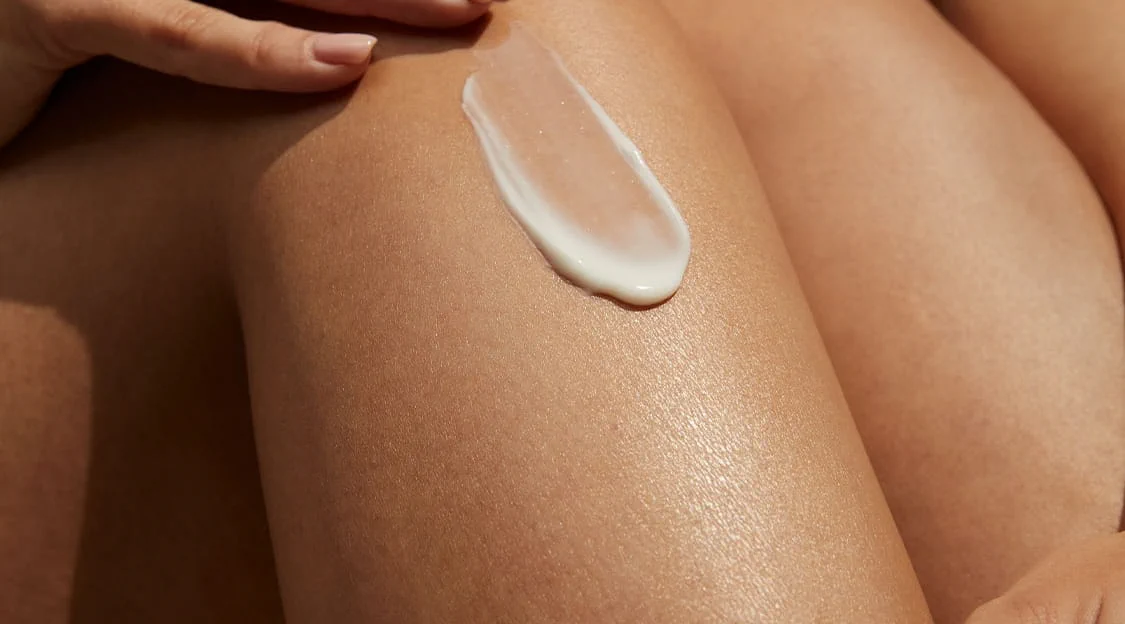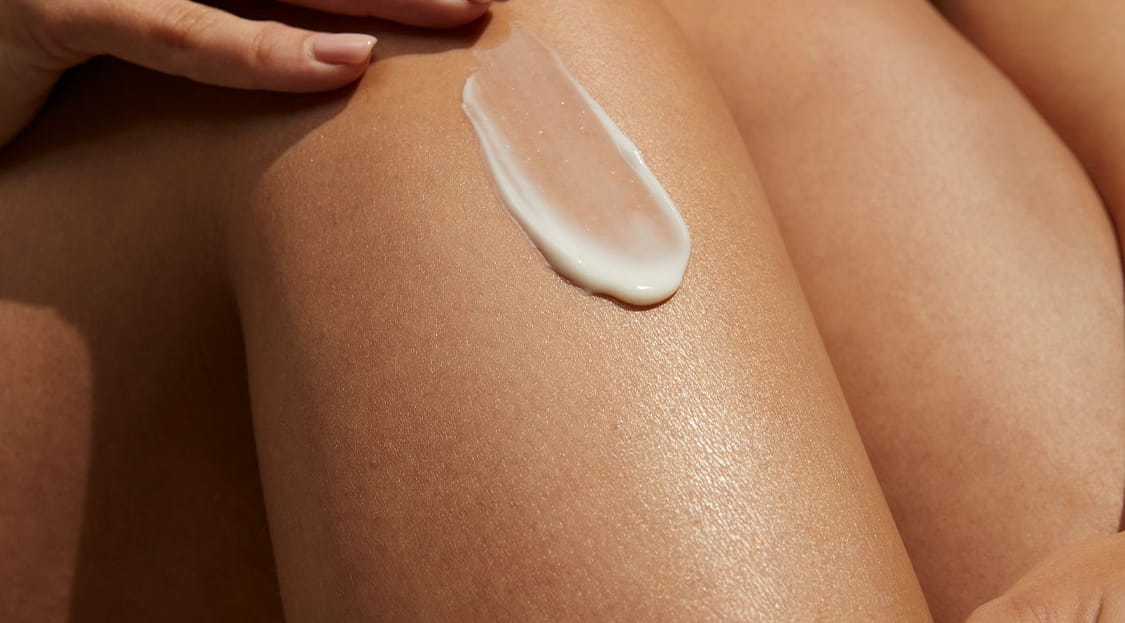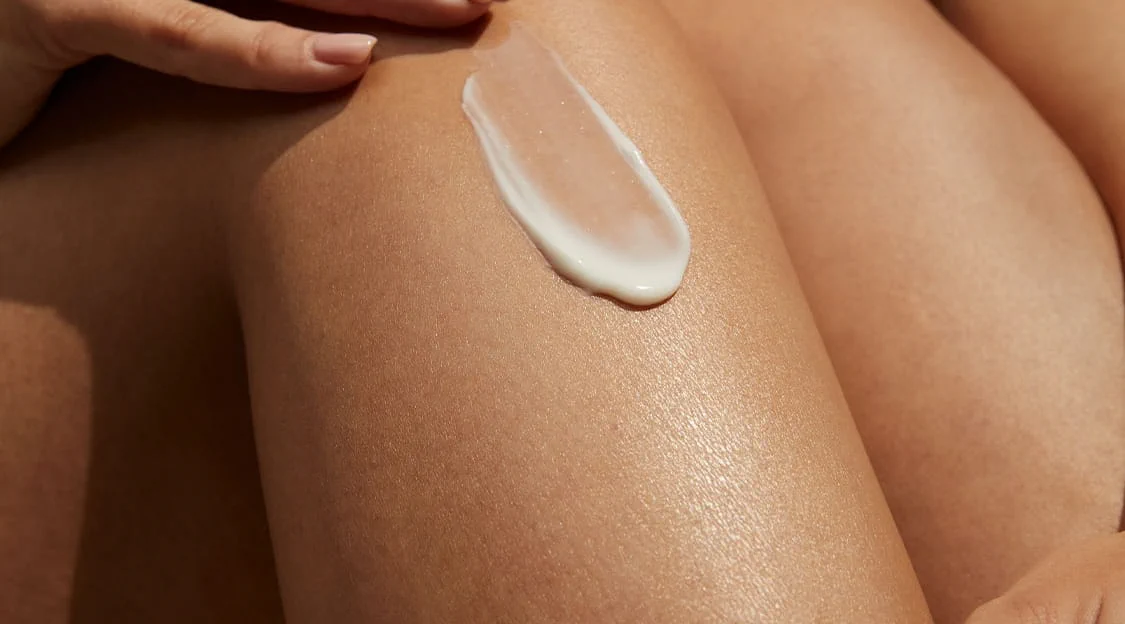
What skin type are you?
Combination skin or dry skin? Normal, blemished or sensitive skin? Every skin type has different characteristics. You’ll find all the important information you need so that you can choose the best skin care routine for your uniquely beautiful skin type.
